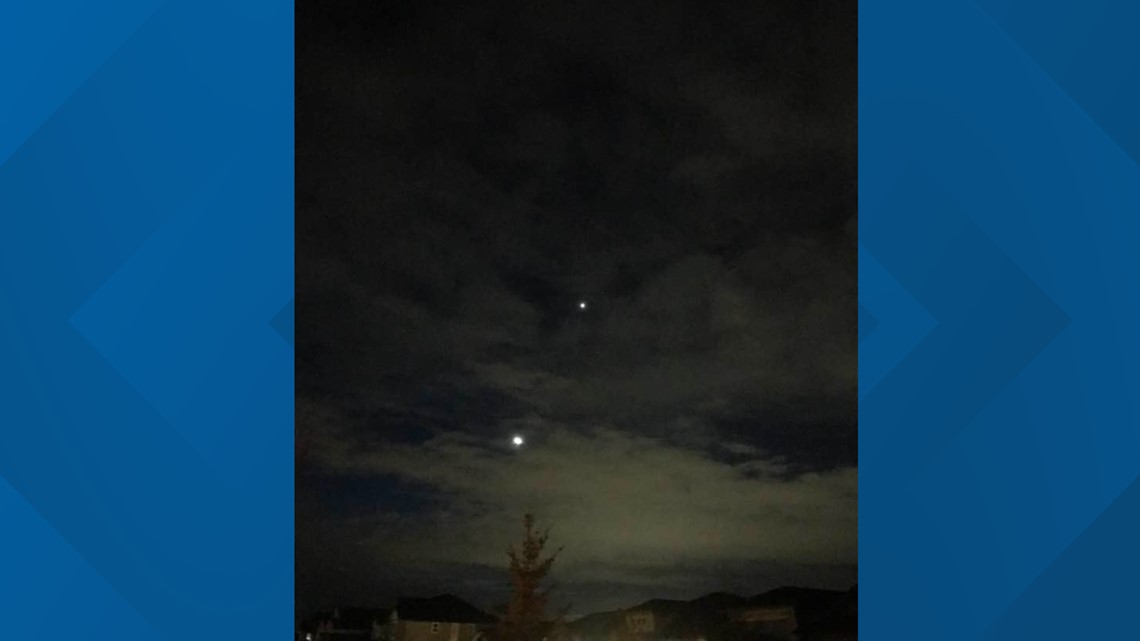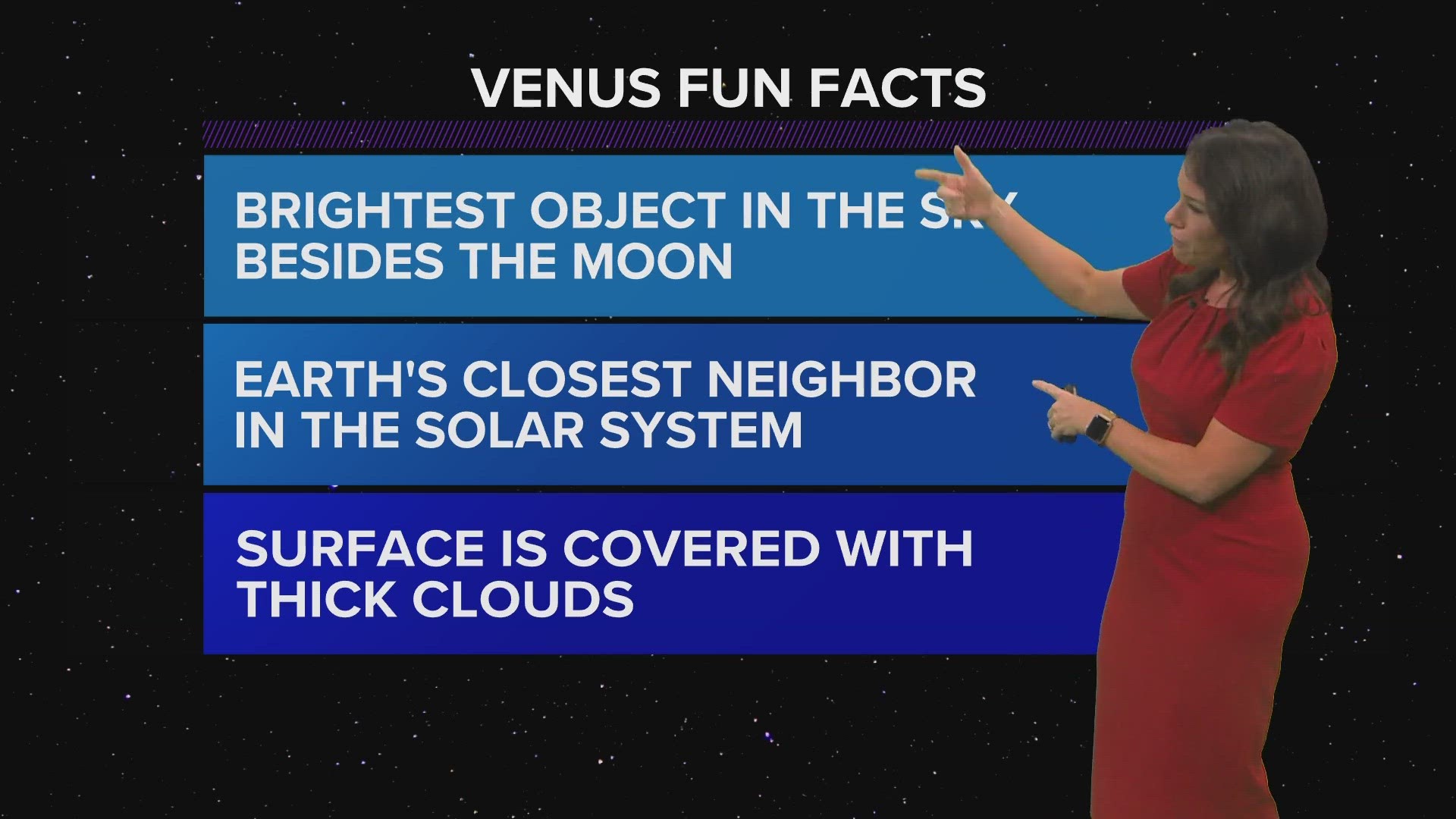BOISE, Idaho — If Idahoans were up before sunrise on Thursday, Nov. 9, they may have noticed a remarkably bright point of light shining near the sliver of moon in the eastern sky. That point of light was the planet Venus, in a “spectacularly close conjunction” with the waning crescent moon, according to Space.com.
Venus is the brightest planet in the solar system and tends to be more visible during the month of November. In fact, on Thursday morning, Venus was 15 times brighter than the night’s brightest star, which made it an unmistakable beacon next to the crescent moon. If you looked closely, you may have even been able to see the entire globe of the moon faintly outlined, with the darker portion glowing with a bluish-gray color. This phenomenon is caused by light from the Earth reflecting back to the moon, and was dubbed “Earthshine” by Leonardo da Vinci in the late 1400s.






If residents missed Thursday morning’s brilliant display, there is another chance on Nov. 10 and 11, though the illumination of Venus may not be quite as remarkable.
If you’re looking to take in the next celestial event, plan to stay up late on Friday, Nov. 17, or get up before dawn on Saturday, Nov. 18 to catch the peak of the Leonid meteor shower. The moon will be in a waxing crescent phase at that time, allowing for a nearly dark sky, so stargazers here in the Gem State might be able to catch up to 15 Leonid meteors per hour if skies are clear.
Watch more Local News:
See the latest news from around the Treasure Valley and the Gem State in our YouTube playlist:
HERE ARE MORE WAYS TO GET NEWS FROM KTVB:
Download the KTVB News Mobile App
Apple iOS: Click here to download
Google Play: Click here to download
Watch news reports for FREE on YouTube: KTVB YouTube channel
Stream Live for FREE on ROKU: Add the channel from the ROKU store or by searching 'KTVB'.
Stream Live for FREE on FIRE TV: Search ‘KTVB’ and click ‘Get’ to download.

